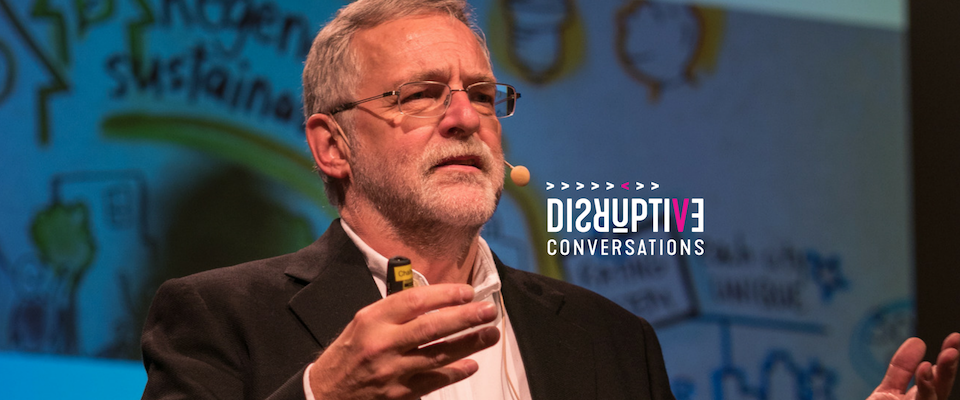John Robinson is a sustainability professor at the University of Toronto and the Copenhagen Business School. In this episode, he and explore his perspectives on sustainability and the wonderful insight has gained after a lifetime of trying to disrupt sectors and systems.
For John, the big challenges in sustainability are not technical or economic. Although they may appear so, his experience has taught him that many of the barriers to sustainability are actually institutionally mixed with some attitudinal. For him, it is about getting deep into the organizations and institutions and changing their internal ways of operating. What I would call their practices.
A point that stood out for me was when John made the case for transformational change. He pointed out that if the world is indeed complex, then there is no way for us to predict the future. Our solutions need to a portfolio of adaptive interventions. They need to take an approach that responds well to emergence. He went to further argue that there is no such thing as incremental change. All future we can imagine are transformational and as a result, we need to identify adaptive solutions.
He went on to use a beautiful metaphor that makes a distinction between the sailboat and the speedboat. The speedboat just powers across the water and creates ripples as it moves along. The sailboat, on the other hand, needs to wait for the right conditions. We are using the energy of the system without degrading it. The approach is to use energies in the system like culture and wind energy to navigate through the world. I found it to be a very powerful metaphor within the context of change and disruption.
In his framing, John sees leadership as enabling people throughout the system to build a bigger brighter future. Most interestingly, John has five metaphors for change:
- Needle in the groove.
Many of our systems are path dependent, they are like a needle moving along a groove. If we are to change things, we need a new path. You need to lift the needle and put it on a new path while being fully aware that it can fall back onto its old path. Brenda Zimmerman would call this snapback. So if you are going to move the needle, after you move it, you need to hold it there.
- Plate spinning
When John worked at the University of British Columbia, they were trying to build a sustainable building. He noticed that there were nine offices on campus who could stop the project. None of them could make the project happen, but any one of them could stop it from happening. They could not make it happen because that was not their job, but it was their job to stop it from happening so they had to visit each office and keep them onboard. He had to keep the plates spinning.
- Bricklaying
When working with groups you need to show progress is being made. You need to show folks the new bricks that have been laid. At each meeting, you need to demonstrate progress.
- Mosaic
When working on these kinds of projects you are often working with people who have never worked together before. You need to be very the glue that brings it all together. Show everyone how they are part of a larger picture. You have to get them to communicate in a way that creates a mosaic.
- Wallflower
This metaphor refers to the people who are standing on the wall. Those people who support and like the idea but are standing on the edge, standing against the wall looking in at the dance. You have to get these people onto the dancefloor pull up their sleeves and get to work.
Perhaps the most powerful reminder from John is that it is amazing how much you can get done if you don’t care who gets the credit. Hope you enjoy this episode of the podcast.
